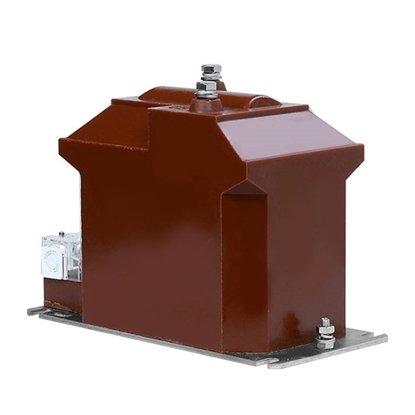Potential Transformers Buying Guide
Potential transformers are key components in power systems, used to measure voltage signals and ensure the safe operation of the power system. Purchasing a voltage transformer is an important decision as it will directly impact the performance and reliability of your power system. The ATO store potential transformer buying guide will provide you with detailed information on how to select, evaluate, and purchase voltage transformers to ensure you choose the most appropriate product to meet your needs. Choosing a suitable voltage transformer is very important, as a wrong choice can lead to skewed measurement results or endanger personnel safety. Here are some of the main factors to consider when purchasing a potential transformer.
Determine Application Needs
Voltage Range
Determine the voltage range you need to measure, this will help determine the required voltage transformer size. Different voltage transformers are suitable for different ranges of voltages. First, you need to determine the maximum voltage rating required. The potential transformer should be selected slightly outside the required voltage range to maintain a stable output during voltage fluctuations.
Load Impedance
The output current of a voltage transformer is affected by its load impedance. Therefore, when selecting a voltage transformer, you need to consider the potential transformer expected load impedance range and ensure that the voltage transformer output matches the load. If the load impedance is too low, the current will be too large, causing measurement deviation or equipment damage.

Target Accuracy
The accuracy of a voltage transformer is the deviation between the actual output and the theoretical output. When selecting a voltage transformer, you should choose a high-precision potential transformer model as much as possible to ensure accurate measurement results.
Consider whether your application requires highly accurate voltage measurements. Some applications, such as laboratory testing, may require higher accuracy, while other applications may accept lower accuracy levels.
Environmental Conditions
Factors such as high temperature, humidity, or contaminants can affect the performance and life of a voltage transformer. Therefore, when selecting a voltage transformer, these factors should be considered and the appropriate operating temperature range and protection level should be selected.
Evaluate where the voltage transformer will be installed. Consider environmental factors such as temperature, humidity, corrosive gases, etc. to ensure that the selected voltage transformer can work properly under these conditions.
Output Type
Determine the voltage transformer output type you need, such as analog output (voltage or current signal) or digital output (communication interface, such as RS-485, Modbus, etc.).
Safety and Certification Requirements
Depending on your application needs and country regulations, consider whether your potential transformer requires specific certification or meets specific safety standards.
Choose The Right Type
- Single-phase Voltage Transformer: Used to measure single-phase voltage, suitable for general household electricity, small business, or laboratory applications.
- Three-phase Voltage Transformer: Used to measure three-phase voltage, suitable for industrial power, large enterprises, and high-voltage parts of power systems.
- Intelligent Voltage Transformer: The potential transformer has a communication interface and can be integrated with the monitoring system to achieve remote monitoring and control. Suitable for smart grid and remote monitoring applications.
- Gas-insulated voltage transformer: Used in special environments, such as high-voltage switchgear, usually using gas-insulated technology with higher insulation performance.
Choose the Right Brand and Supplier
- Brand Reputation: Understand the reputation and history of your voltage transformer manufacturer. Read product reviews and user feedback to learn about other users' experiences.
- Technical Support: Ensure that suppliers provide good technical support and after-sales service. This is critical for installation, maintenance, and troubleshooting.
- Certification and Compliance: Verify that products comply with international or regional certification and standards requirements. Some certification marks include CE, UL, ISO, etc.
- Price and Performance Comparison: Compare products from different vendors, including price, performance specifications, warranty policies, and more. Choose the most cost-effective option.
Consider Maintenance Needs
Determine whether the voltage transformer requires periodic calibration and maintenance. Some potential transformer models may require more frequent maintenance, while others may have longer maintenance intervals. Knowledge of spare parts and replacement parts and whether spare parts and replacement parts for potential transformers are readily available to ensure that equipment can be repaired promptly when needed.
Professional Advice

Consider future expansion needs for potential transformer systems. If you anticipate needing to add more sensors or integrate the system into a larger monitoring system, choose a voltage transformer product that supports scalability. If you are not sure how to select a suitable voltage transformer, it is recommended to seek the advice of a professional engineer or power system expert. The ATO store can provide helpful advice and guidance based on your specific needs.
All in all, a potential transformer is an electrical appliance used to measure high voltages. There are many factors to consider when purchasing a voltage transformer. Correct selection of a voltage transformer can ensure the accuracy of measurement results and protect the safety of personnel and equipment. Purchasing a potential transformer is an important decision that requires careful consideration of application needs, type, brand, maintenance needs, and future expansion. By following the buying guide above, you can better select the appropriate voltage transformer to ensure the reliability and performance of your power system.

